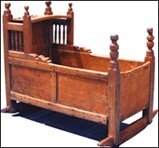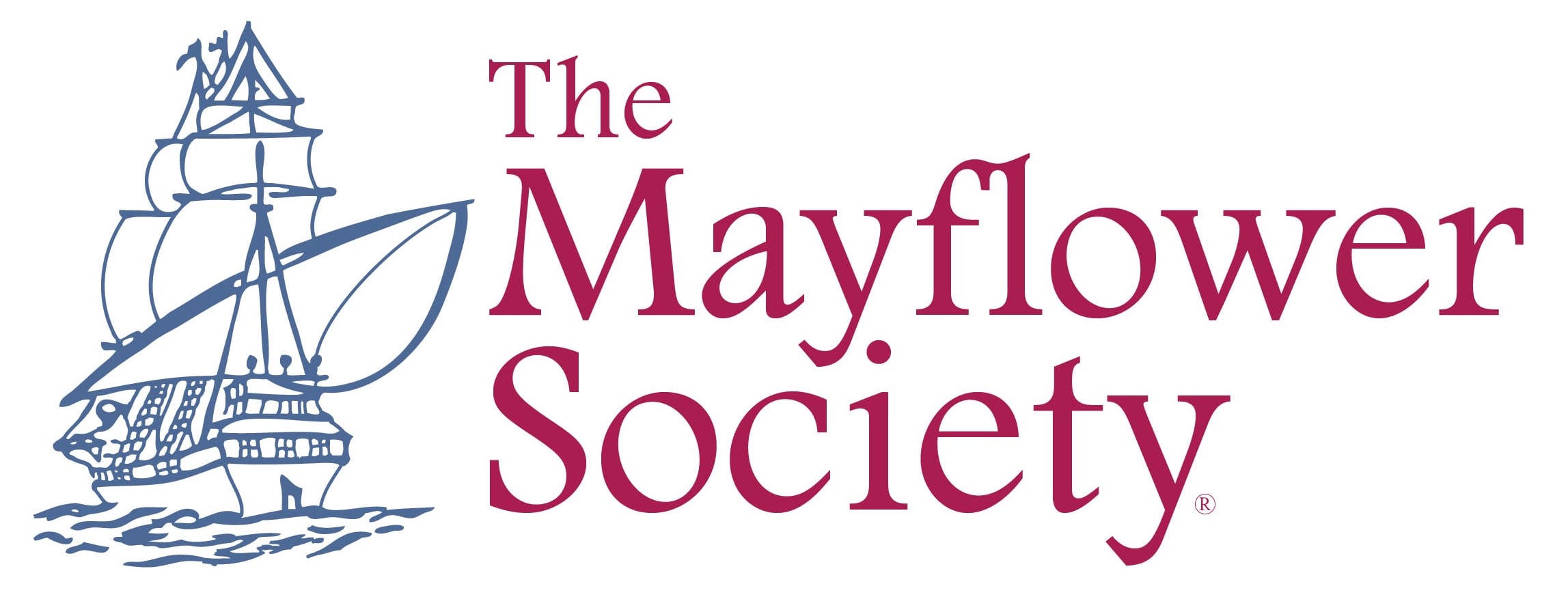The Edward Fuller Family
Passenger Profile
Edward Fuller traveled on the Mayflower with his wife, (name unknown), and son Samuel. Edward’s brother, Samuel Fuller was also a passenger.
Edward was baptized at Redenhall, Norfolk, England, 4 September 1575, the son of Robert and Sara (Dunkhorn) Fuller. The date and place of his marriage is unknown.
Edward was a signer of the Mayflower Compact, signed on 11 November 1620, when the ship was at Provincetown, on the tip of Cape Cod.
Both Edward and his wife died during the general sickness the first winter of 1620/21. Twelve-year-old Samuel, now orphaned, was taken in by his uncle, Dr. Samuel Fuller.
Samuel Fuller Jr. received three acres in the 1623 land division, for himself and his parents as passengers on the Mayflower. In the 1627 cattle division, he is listed as “Jr.” with Samuel Fuller (his uncle).
Children of Edward Fuller and his unnamed wife:
- Samuel Fuller: (Mayflower passenger) born probably in England, circa 1608; died at Barnstable, 31 October 1683; married at Scituate, 8 April 1635, Jane Lothrop and had nine children: Hannah, Samuel, Elizabeth, Sarah, Mary, Thomas, Sarah, John and Child (died young) Fuller.
NOTE: After considerable review, the previously accepted lineage of Matthew Fuller as a son of Edward Fuller, passenger on the Mayflower in 1620, has been closed. No applications following this lineage will be accepted unless and until evidence to overturn this decision is presented. November 2023.
Sources:
Mayflower Families Through Five Generations, Edward Fuller, by Bruce C. MacGunnigle, vol. 4. Plymouth, 2006.
Mayflower Passenger References, (from contemporary records and scholarly journals), by Susan E. Roser. 2011. pp. 227-233.
Descendants of Edward Fuller are invited to join The Fuller Society.

Material: Maple and white pine
Probably made in Duxbury, MA, 1680-1720
Descended in the family of Samuel Fuller
The open work at the front of this cradle made it possible for the mother to see a sleeping baby from almost any position. The construction of this cradle is interesting. It looks like joined work. Actually, it is made of solid pine boards with strips of wood nailed on to imitate joined panels. The cradle may have been made by a carpenter, rather than a joiner.
The shape of the turnings on the tops of the rear posts is similar to turnings seen on furniture found in Duxbury.
